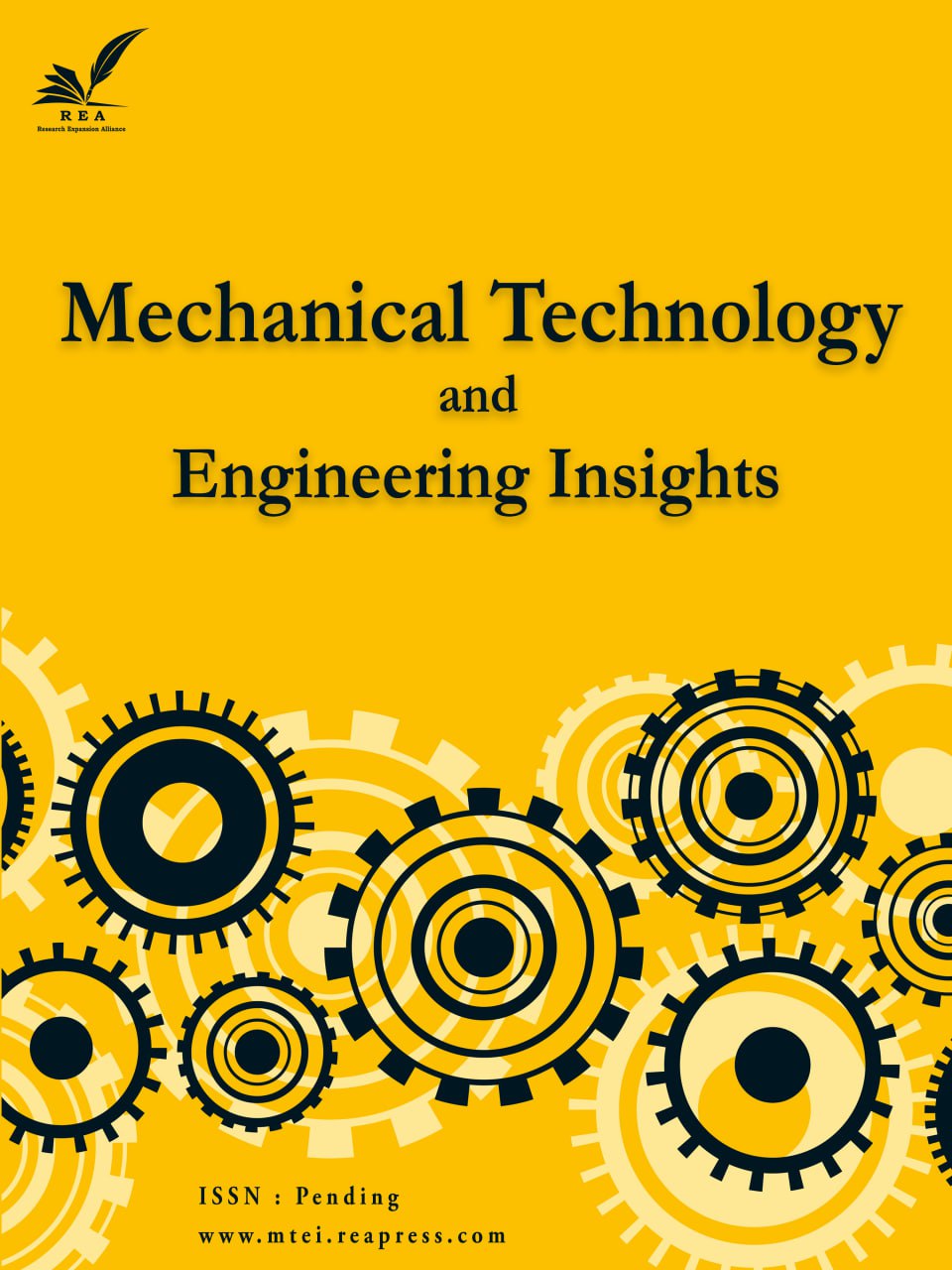Revolutionary Analysis of Pointwise Stationary Fluid Flow Approximation in Non-Stationary M/D/1 Queue with IoT Applications
Abstract
For a long-standing solution via simulation, this study presents the first-ever analytic modelling for the Pointwise Stationary Fluid Flow Approximation (PSFFA) model of the non-stationary queueing system. This is accomplished by putting out the constant ratio β (Ismail’s ratio), which provides a precise analytical answer and links the time-dependent mean arrival and mean service rates. We then do a numerical analysis of the stability dynamics of the time-varying queueing system with respect to time β and the queueing parameters. Applications of Pointwise Fluid Flow Approximation (PSFFA) to the Internet of Things are given. A summary and recommendations for further research round out the paper.
Keywords:
Time varying M/D/1 queue, Pointwise], Fluid flow approximation, Internet of thingsReferences
- [1] Zhao, X., Wang, Y., Li, L., & Delahaye, D. (2022). A queuing network model of a multi-airport system based on point-wise stationary approximation. Aerospace, 9(7). https://www.mdpi.com/2226-4310/9/7/390
- [2] Mageed, D. I. A. (2024). Ismail’s ratio conquers new horizons the non-stationary m/g/1 queue’s state variable closed form expression. Preprints, 1–9. https://doi.org/10.20944/preprints202402.0548.v1
- [3] Wu, Q., Zhao, Y., & Fan, Q. (2022). Time-dependent performance modeling for platooning communications at intersection. IEEE internet of things journal, 9(19), 18500–18513. https://doi.org/10.1109/JIOT.2022.3161028
- [4] Yeremenko, O., Lebedenko, T., Vavenko, T., & Semenyaka, M. (2015). Investigation of queue utilization on network routers by the use of dynamic models. 2015 second international scientific-practical conference problems of infocommunications science and technology (PIC S&T) (pp. 46–49). IEEE. https://doi.org/10.1109/INFOCOMMST.2015.7357265


